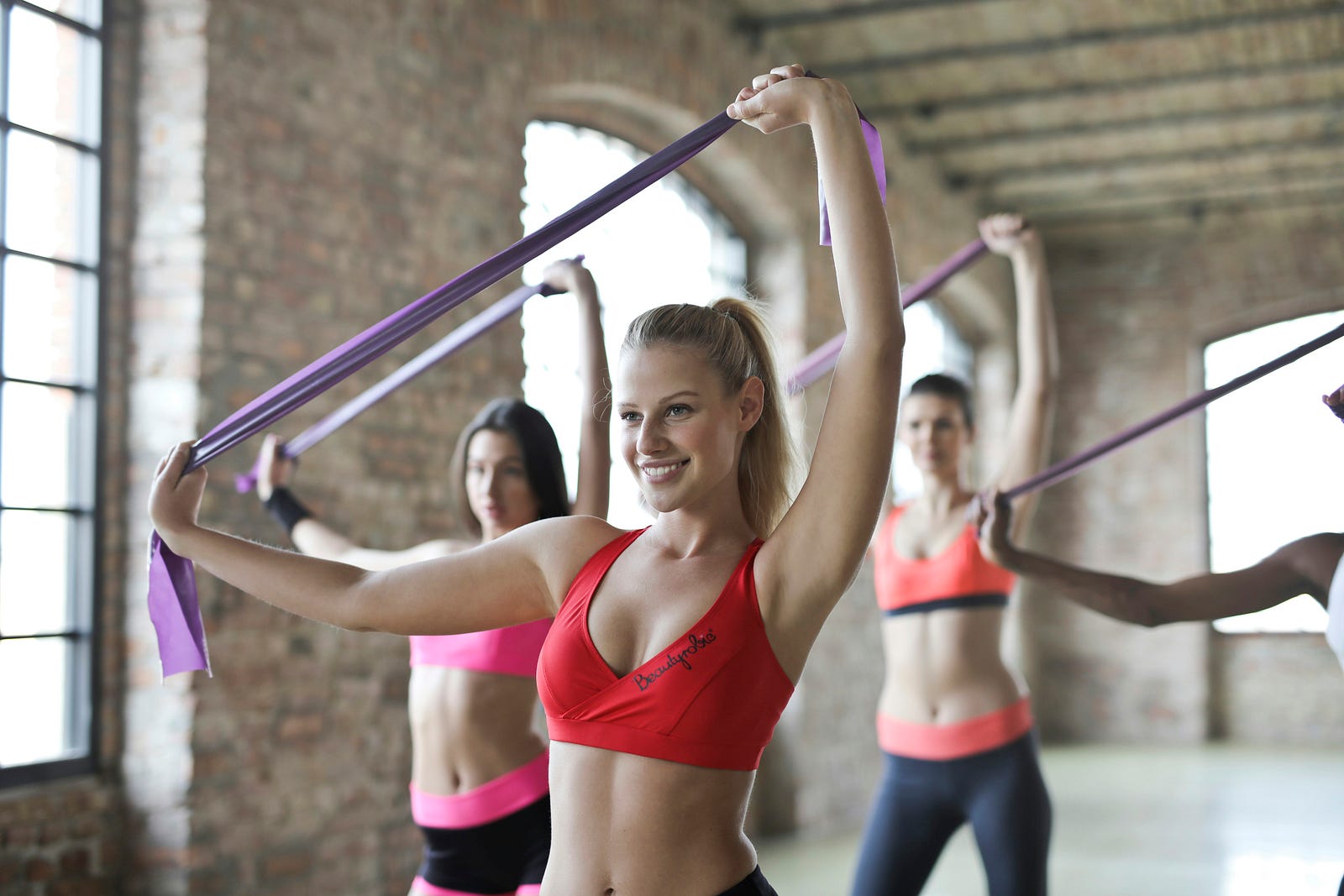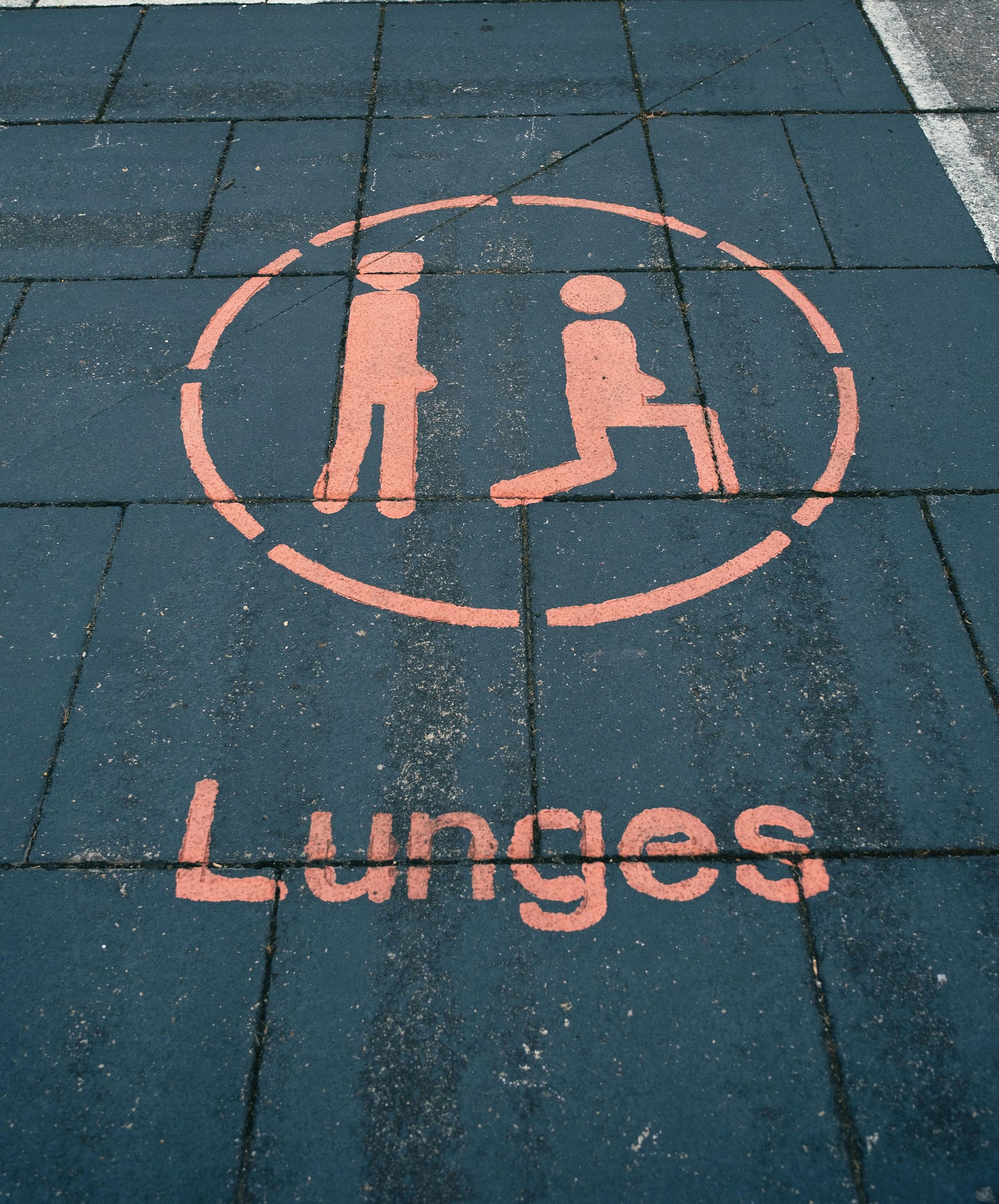Stretching is not necessary at all, right? A 2020 study showed that stretching was associated with a lower risk of early death. In this essay, I address my misconceptions about stretching.
In health and wellness, stretching may take a backseat to more vigorous forms of exercise.
Yet, beneath its seemingly simplistic surface lies myriad benefits beyond mere flexibility.

Stretching Basics
Stretching, in its various forms, holds the potential to unlock the body’s full potential, enhancing not only physical performance but also mental well-being.
From improving range of motion, preventing injury, alleviating stress, and promoting relaxation, the benefits of incorporating stretching into one’s daily routine are diverse and profound.
In this essay, we delve into the multifaceted advantages of stretching, shedding light on its transformative power in enhancing overall quality of life.
Be A Cat
Picture a cat waking from a nap and arching its back in a luxurious stretch. That instinctual movement is not just for our feline friends; it’s a practice ingrained in our biology and holds remarkable benefits for our health.
Stretching, often overlooked in the hustle and bustle of modern life, is not merely about touching toes or reaching for the sky.

It’s a gateway to unlocking vitality, resilience, and inner balance.
In this exploration, I will uncover the advantages of stretching, from its tangible effects on physical fitness to its profound impact on mental well-being, inviting readers to rediscover this simple yet potent practice.
Join me as I unravel the science-backed benefits of stretching, inviting you to embrace this fundamental practice as a cornerstone of your wellness journey.
Here are my top __ reasons I stretch.
1. Stretching Improves Flexibility
I did not have misconceptions about stretching improving flexibility.
As a Shito-ryu karate 3rd-level black belt, I have seen how stretching improves flexibility.
I start my day by systematically stretching from head to toe.
Flexibility Evidence
As the father of three athletes (saber fencing), I have seen many competitors who were not very flexible.
My take? Not being flexible was linked to lower performance and injury risk.

A German study discovered this:
Daily stretching for ten minutes to an hour can help you move better. All stretching times led to significant increases in flexibility.
So, if you’re not very flexible and want to improve at your sport (or avoid getting hurt), stretching every day could make a big difference.
2. Stretching Improves My Posture
Do you have poor posture?
Muscle imbalance may be a cause.

Here’s why I believe that:
One study found that combining strength training and stretching can promote proper alignment, reduce musculoskeletal pain, and encourage proper alignment.
These changes may improve posture.
3. Stretching Can Calm My Mind
Stretching is calming for my mind.
For me, the practice provides a mental break.
Here’s why.

Stretching elevates my serotonin levels. This neurotransmitter (or chemical messenger) is associated with several health benefits, including:
- better mood
- stress reduction
- drops in anxiety
- lower depression risk
- enhanced general well-being
Neurotransmitters: What they are, functions, and psychology
Neurotransmitters are chemical messengers in the nervous system. They influence mood, muscle movement, heart rate, and…www.medicalnewstoday.com
4. Stretching Helps Me Dodge Back Pain
So many of my patients struggle with back pain.
If my back muscles are tight, I experience less range of motion.
With tight muscles, I have a higher chance of straining back muscles.
A regular stretching routine can help me prevent future back pain by strengthening my back muscles and reducing the risk of muscle strain.
5 Easy Stretches to Prevent and Relieve Back Pain
Back pain is common and can stem from nearly any physical activity. Try these light stretches to help…www.healthline.com
5. Stretching Improves Muscle Blood Flow
One final benefit I get from stretching.

My trainer, Jeff, reminded me of this:
Regular stretching can improve blood flow to my muscles.
With better circulation to my muscles, I shorten my recovery time and notice that I can reduce delayed-onset muscle soreness (DOMS).
Stretching Techniques
There are several approaches to stretching, including:
The good folks at Healthline remind us that the most common stretching forms are static and dynamic.
Static Versus Dynamic Stretching
I typically do static or dynamic stretching.

- With static stretches, I hold my stretch (in a comfortable position) for 10 to 30 seconds. I do static stretches for five to 10 minutes. I only do static stretches after I have exercised and my muscles are warm.

- I perform active movements for dynamic stretches that result in muscle stretching, not holding them in the terminal position. I usually do dynamic stretches (such as walking lunges or leg swings against a wall) to prepare my muscles for work before exercising. I do dynamic stretches for about five to 10 minutes.
Tips
- Consider doing dynamic stretches before your workout to get your muscles ready.
- Use static stretches after exercise to drop your injury risk.
- Are you a beginner? Please start slowly.
- Aim for at least five to ten minutes of stretch on non-exercise days. This practice should improve your flexibility and lower muscle tightness and pain.

More tips
- No bouncing (ballistic stretching) unless your healthcare provider or physical therapist recommends them.
- Don’t begin stretching without warming up. Before stretching, get in at least five to ten minutes of walking, jogging, or other light cardio.
- Please don’t overdo it. I limit my stretching to twice a day because I know too much stretching can be dangerous.
- Don’t push beyond your comfort point. Some tension is okay, but pain? No.
Is Stretching Always Appropriate?
Stretching may not always be safe:
- Injured? Only stretch with the guidance of a doctor or physical therapist.
- Have physical limitations? Again, check in with a health professional for alternative flexibility strategies.

My Final Thoughts
Most of us can benefit from a stretching routine.
I aim for at least five to 10 minutes of dynamic and static stretches with each of my workouts.
By doing so, I am improving my posture, range of motion, and mental wellness.
My misconception previously? Stretching can be something other than a priority. Do you stretch?
Thank you for reading “My Misconceptions About Stretching.” Please consider signing up to follow this blog. Finally, you can discover more health-oriented pieces by clicking the HOME button at the upper left of this page. Thanks!




